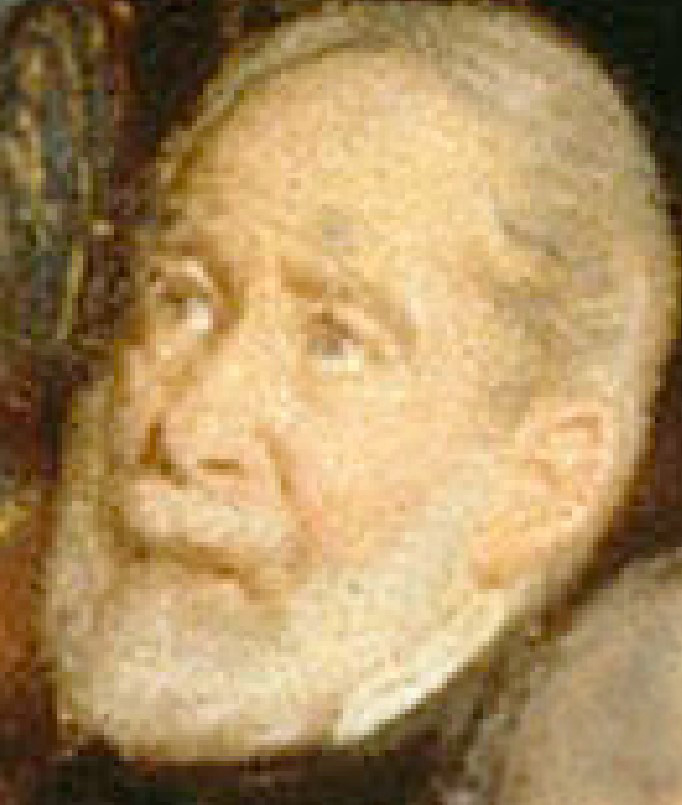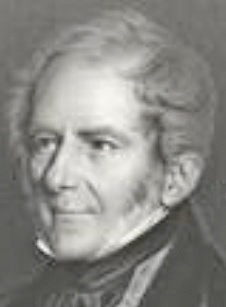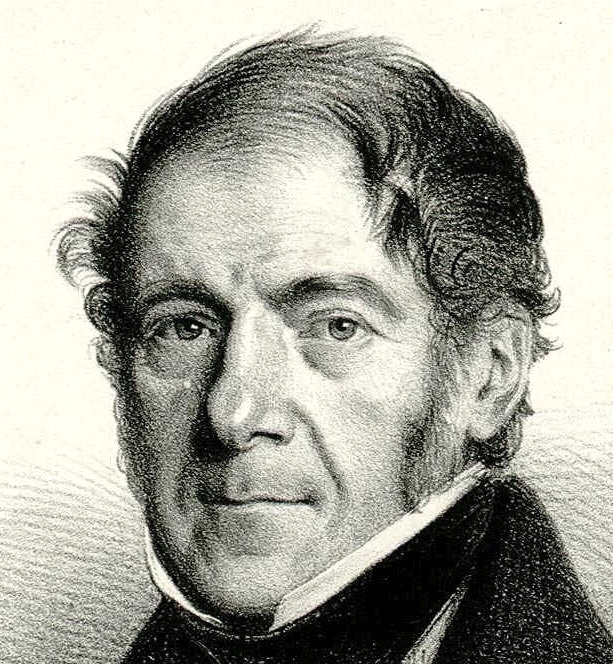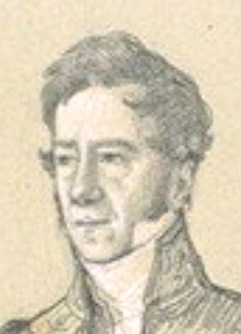Baron Auguste Gaspard Louis Boucher-Desnoyers (1779-1857), engraver, art historian
1st image: Soirée; 2nd: litho by Llanta, drawing Debufe (1840s); 3rd: litho by Llanta (1835); 4th: by Heim (1829).
At the age of ten, Auguste Desnoyers was captivated by the paintings of artists like Vernet31 during a Louvre exhibition —an experience that sparked his ambition to become an artist. Opting for engraving, he entered a profession that was indispensable to art publishing in the early 19th century. In an era when engraving dictated the success of an artwork’s public reception, engravers held significant social status (see also Henriquel-Dupont51).
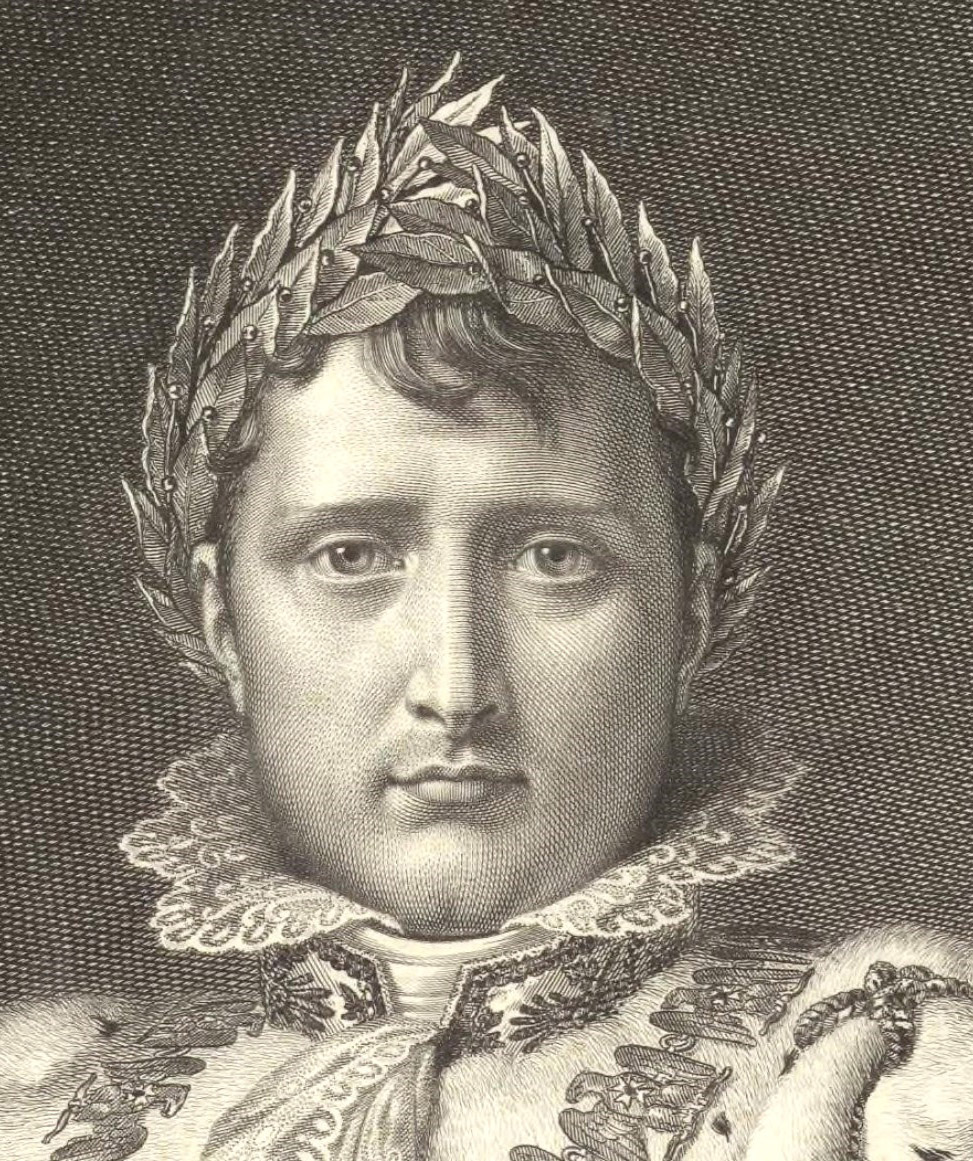
Despite his deep admiration for the work of Raphaël, Desnoyers understood the tastes of the Parisian audience, achieving widespread popularity with his engraving of a scantily dressed young girl.
His talent was particularly evident in his 1815 engraving of Guérin’s Phèdre et Hippolyte —a masterpiece of precision.
His skill earned him rapid recognition: he became a member of l’Institut in 1816, was named Premier Graveur du Roi in 1825, and was awarded the noble title Baron in 1828.
Desnoyers ceased exhibiting his own works in 1831 but devoted himself to an ambitious publication on Raphaël. His renown led Louis-Napoleon to commission him for an engraving of his coronation as emperor in 1852.
In 1854, Desnoyers completed his book on Raphaël and —well into his seventies— gave a lecture on the subject at one of the vendredi-soirées at the Louvre that year. He probably did not want to join the après-soirée at Viel-Castel's43 atelier (they lasted until 1 or 2 in the morning), so Giraud did not draw his caricature.
An article in the press from 1854 about the partially completed Une Soirée au Louvre mentions that Vernet introduced lion hunter Gérard32 to Desnoyers. In the completed painting, Desnoyers appears detached, gazing absently to the right, without evident interaction with the others —possibly due to Biard’s redesign of the painting that same year.
Following Desnoyers’ death in 1857, his friend Halévy19 —composer and Académie secretary— honored him in 1860 with a lecture on the decline of engraving, the rise of lithography, and their growing competitor: photography. He concluded:
"Photography has grown, with new developments underway; it belongs to science as well as to the arts—a useful and charming auxiliary, a sudden reflection of truth, the world is open to it; but the art of engraving will not perish and will know how to preserve its merit and its strength."
Note: Desnoyers’ name does not appear in a recently discovered document. As none of the suggested individuals in these sources match this figure, he remains the most logical candidate for identification in Une Soirée au Louvre.
